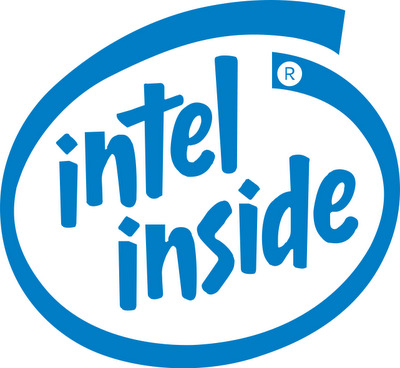Initially the motivation behind the branding of Intel Inside was to establish the company by name and identify the high performance products that were used inside the computer with the company. This was in an effort to create an image for a company which often was subjected to behind the scenes and specific industry awareness, but wanted to establish it’s brand presence to the general public. Intel created a consumer brand to make sense of the rapidly changing computer cycles. The technology giant had already established a reputation as a quality brand throughout the technology world, however, their aim was to spread awareness and create a positive image for themselves in the public eye.… Read the rest
Marketing Strategies
Place Component of the Global Marketing Mix
The American Marketing Association defines channel of distribution as “An organized network of agencies and institutions, which in combination, perform all the activities required to link producers with users to accomplish the marketing task.”
Distribution is the physical flow of goods through channels; as suggested by the definition, channels are comprised of a coordinated group of individuals or firms that performs functions adding utility to a product or service. The major types of channel utility are:
- Place (the availability of a product or service in a location that is convenient to a potential customer);
- Time (the availability of a product or service when desired by a customer);
- Form (the product is processed, prepared and ready to use, and in proper condition); and
- Information (answers to questions and general communication about useful product features and benefits are available).
Strategic Considerations in the Product Life Cycle Concept
A Product in its life cycle under goes a lot of stages, sales and profit of a product shows a lot of variation in each stage so it becomes important for a marketer to know the marketing situation and where his product is placed in Product Life Cycle (PLC),thus impacting the marketing strategy and the marketing mix. Knowledge of the product’s life cycle can provide valuable insights into ways the product can be managed to enhance sales and profitability. Marketing activities are heavily dependent on the stage in the product life cycle.
Product Life Cycle has four stages:
- Introduction
- Growth
- Maturity
- Decline
In reality very few products follow such a prescriptive cycle.… Read the rest
Improve, Buy or Drop a Product
If a product is not showing profitable performance, the company may consider one of the alternatives, viz., improve, buy or drop the product.
ImproveIf the firm continues to make the product, it may be required to make improvement in its production or distribution so as to yield adequate return. Improvement may mean re-designing the product or producing it at a lower cost. Product improvement is particularly necessary when the existing product has become apparently obsolete or out of fashion. Indian companies need to continuously upgrade their products and technology to withstand the pace of change in their business environment and to meet the challenges thrown up by the emergence of a buyer’ market. … Read the rest
Methods of Pricing a New Product
We will address the following questions after new product development:
- How should a company price a new good or service?
- How should the price be adapted to meet varying circumstances and opportunities?
- When should the company initiate a price change, and how should it respond to competitive price changes?
In the entire marketing mix, price is the one element that produces revenue; the others produce costs. Price is also one of the most flexible elements: It can be changed quickly, unlike product features and channel commitments. Although price competition is a major problem facing companies, many do not handle pricing well.… Read the rest
Stages of New Product Development
New products are the lifeblood of the organisation but they are extremely vulnerable and the majority never reach commercialization. In competitive markets, the best and strongest firms sustain growth through the introduction of new products and services to meet the changing needs of the consumers. All products have a finite life span and this is influenced by the type of product, its innovativeness, the management of the product through its life cycle, as well as the markets in which it is sold. All products will eventually decline and need to be replaced by new ones and companies need to be adept at adapting marketing strategies to respond to the dynamics of the environment, so as to manage the product through its life cycle effectively.… Read the rest


